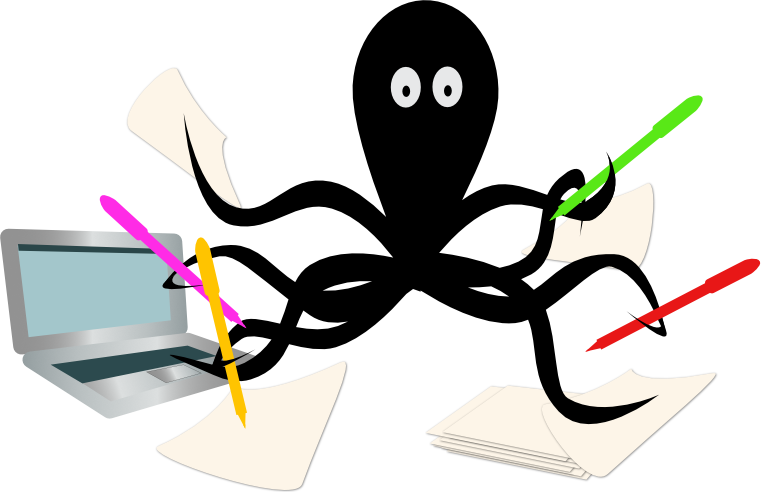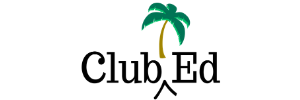Story Pattern and Story Structure
Recognizing Story Pattern and Story Structure
Let’s dive in to a discussion showcasing story pattern and story structure.
One common story pattern in fiction is the quest, such as this example:
- The main character (often called the protagonist) seeks something, be it career success, a pot of gold, or someone to love.
- A quest story also needs a place for this quester to go, usually but not always a physical location (New York City, the end of the rainbow, a singles club).
- There is an overt, or obvious, explained, reason to go there (to get a job, dig up the pot of gold, chat up other singles).
- The quester encounters challenges on the way.
- And discovers the real reason to go there (this is inevitably self-knowledge, which is why quest stories are often about coming-of-age).
Huckleberry Finn is a quester; Dante (The Divine Comedy) is a quester; Charles Marlow (Conrad’s Heart of Darkness) is a quester.
A reader seeing a quester will expect the story to follow the pattern described above.
Now, the author can thwart the reader’s expectations (“Ha! You were expecting to go on a quest. Fooled you!”) but the author must be deliberate about this. A quester with no quest to go on might answer to the name Don Quixote, but this needs to be a conscious decision, not a failure of craft.
Here let me distinguish between the failure of pattern and the failure of craft. If the author is setting out to critique some aspect of culture, such as occurs in Don Quixote, then having Quixote tilt at windmills is a wonderful illumination of this critique.
The pattern has failed because that’s the whole point of the story: there are no more quests to go on. We have to be delusional in order to go on a quest. This is different from the author failing to understand what a quest story is, which would be a failure in craft.
If you’re seeing a connection between “pattern” and “archetype” (a universal representation of human behavior), you’re right! Most stories have a myth-based original with which they intersect. (Remember, literature comes from other literature.)
The Importance of Recognizing Story Patterns and Story Structure
So, part of what we have to do as editors of fiction is to become good at pattern recognition. Some people have an innate talent for this but for most of us it’s a matter of practice. We read a lot of literature, think about it, look for the patterns, think about the patterns, and pick up the next book. We do rely on instinct to some degree, there’s no way around that.
The challenge, of course, is that we can erroneously apply patterns (“ideals”) that don’t fit the story.
These patterns are sometimes called the story structure, although structure is more specifically about the way the pattern plays out than it is the pattern itself. Structure is more about when events happen in a story versus what they are.
For example, “making a deal with the devil” as a common story pattern. That is what the story is about, but the author could structure the story in different ways, depending on the effect intended. The story could begin with the deal, and that would be one kind of story (showing the effects of the deal with the devil), or the story could end with the deal being offered, and that would be another kind of story (showing what might lead up to a person making a deal with the devil).
The Three-Act-Structure
Broadly speaking, when people talk about stories told in the three-act structure, they’re borrowing from drama (plays), the precursor to narrative fiction (plays came before novels). The three-act structure is basically a story divided into three parts, which we might call the setup, the action, and the resolution.
The setup is where the author creates the situation the main character finds themselves in, the problem that will drive the story.
The action is the middle section where the situation plays out, and the character acts and reacts to story events.
The resolution is the wrap-up: how the story ends and what the character learns from it.
Almost all novels follow this type of structure, loosely speaking (you could also refer to this structure as “beginning,” “middle,” and “end”). But the more specific you are about what each act must contain (“the setup must include an inciting incident, where the main character is invited to go on a journey into a world that is the mirror image of their normal world”), the more you become at variance with reality.
Using Structure as a Guide
Narratives are told in a practically infinite variety of ways, so if you insist on any particular story following a specific structure, you may be imposing the wrong ideal on the story, something I warned about earlier.
So, think of structure as guide rails: if we don’t have a setup or actions or a resolution, we’ve probably got a problem in the story, but the specific whens of these elements can vary from story to story.
Join the Club!
New to story editing? Begin at the beginning.



